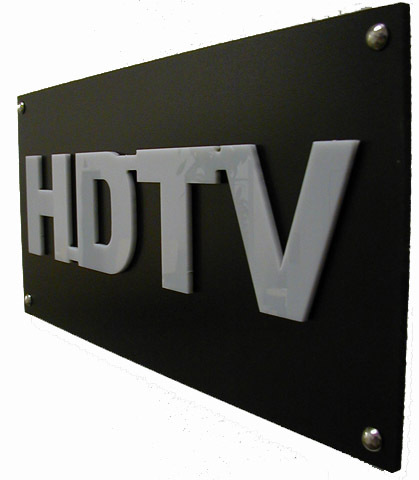HDTV Basics Explained
Introduction
You have heard about the wonders of HDTV, but maybe you are confused by all the new terms and statistics. In this article we cut through the complexity of HDTV and give you a simple introduction. First, we take a quick look at analog TV technology. Then we will explain what HDTV is, why it is better and what to buy. Finally, the broadcast flag will be explained, along with how it may prevent you from recording shows in the future.
Old TV
How do our older analog televisions compare with HDTV? First let's look at the different ways you can receive analog TV signals. There are three ways to pump a signal into your analog TV: antenna, cable and satellite. Antenna is probably the worst way to go as you have to move the antenna constantly to get a good signal. In addition, for maximum gain, it should be mounted externally, perhaps on the roof. A large antenna stuck on your roof, probably wouldn't look too great, either.
Cable and satellite give you the best signal quality as most have moved to digital. The broadcasting station will send the signal digitally, and this is then converted to analog after it reaches your converter box.
In all three cases the maximum resolution on a standard analog TV is 720 X 480 pixels, which is about 337,000 total pixels.
Get Tom's Hardware's best news and in-depth reviews, straight to your inbox.
Humphrey Cheung was a senior editor at Tom's Hardware, covering a range of topics on computing and consumer electronics. You can find more of his work in many major publications, including CNN and FOX, to name a few.
